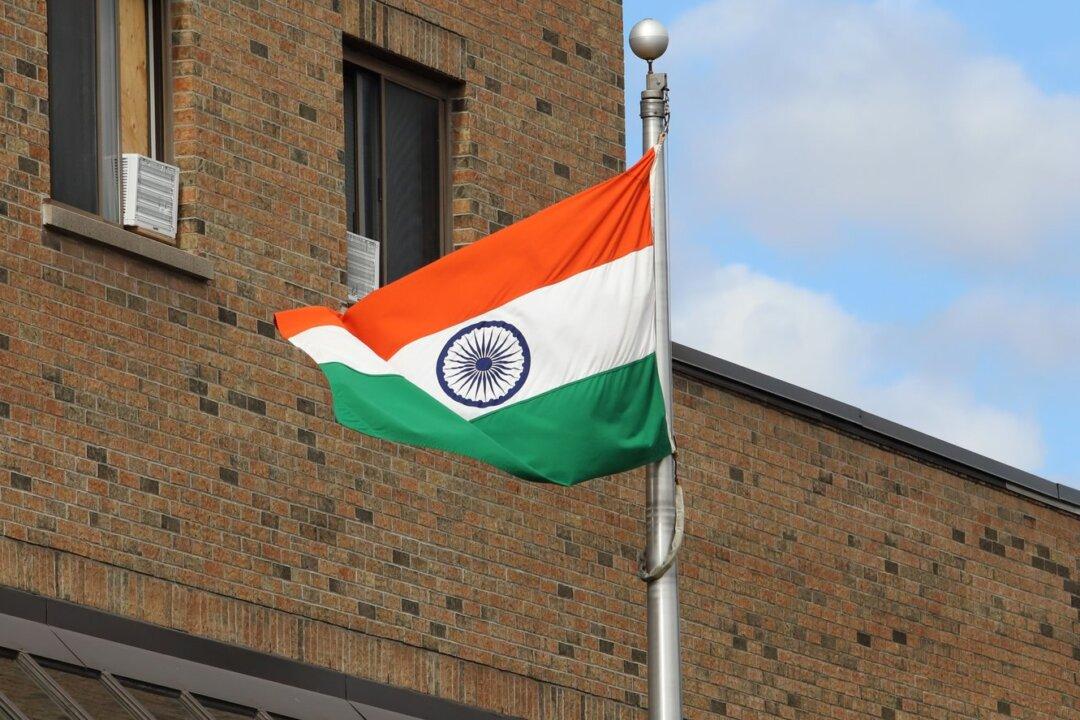Every day 5-year-old Aaradhya Sharma was taken by her father to a temple in a small town in Northern India to pray for a baby brother. Although the young girl was praying sincerely while sitting on her pregnant mother’s lap, she has little knowledge of what would happen if her mother produced another girl.
In Indian society, irrespective of caste, economic status, or religion, most households prefer having boys to girls. Over the past decades this has given rise to an alarming trend of a rise in selective abortions of girls.
Last year’s census revealed that that there are 7.1 million fewer girls than boys aged 0-6 years. The gap was 6 million in 2001, and 4.2 million in 1991.
The increase in access to prenatal sex determination technology followed by selective abortions has been named as the main reason behind the increase, according to a research by the Center for Global Health and Research published last year.
According to the research, the selective abortion of girls may account for 12 million missing girls over the past three decades.
While a boy adds to the family’s wealth in India, a girl becomes part of another family after marriage. She is considered Praya Dhan, meaning “someone else’s wealth” in Hindi.
In patriarchal Indian society, boys are those who carry forth the family lineage and are responsible for taking care of the parents in old age.
When a girl is born, along with her comes an excessive responsibility to protect her and through her the family honor, to marry her off to another household and to pay for her dowry.
While the whole community, particularly in rural areas, breaks out into celebrations when a boy is born, the birth of a girl is usually a hush-hush affair met with either sighs or frowns.







